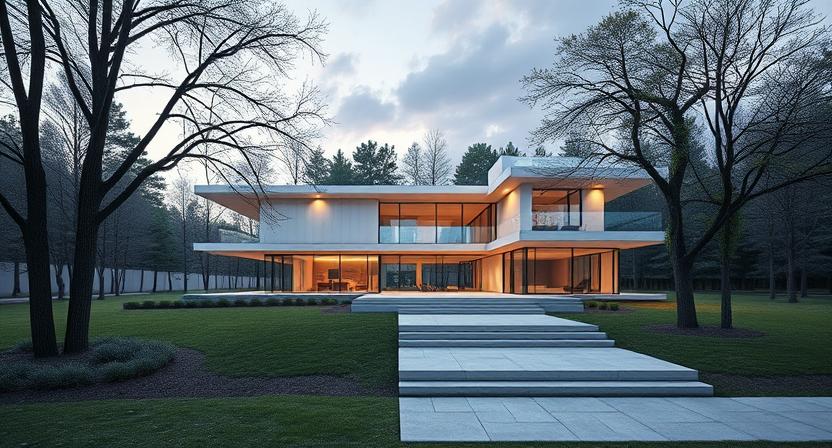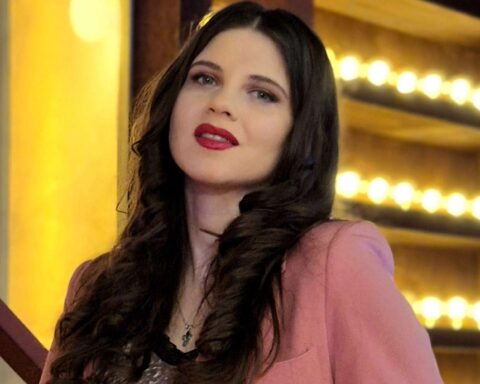Hey everyone! Ever walk down a street and get totally captivated by a house? Yeah, me too. It’s amazing how much the outside of a building—the exterior design—can tell you about its history, its purpose, and even the people who live inside. And these days, we’ve got this incredible tool called 3D visualization that’s changing how we see and understand these styles. Let’s take a stroll through some of the coolest trends, shall we?
How 3D Visualization Enhances Design Styles
Before we dive into the styles, let’s talk about how 3D visualization has made a significant impact. In the past, designers relied on 2D drawings and physical models, which often fell short in conveying the full spatial experience. Now, 3D visualization allows for:
-
Design Exploration: 3D software allows designers to experiment with different design options, materials, and colors quickly and easily. This iterative process leads to more innovative and refined designs.
-
Contextualization: 3D models can be placed in their intended surroundings, whether it’s an urban cityscape or a rural landscape. This helps to visualize how the building will interact with its environment and inform design decisions.
Exterior Design Through the Ages (and in 3D!)
-
Modernism: Think clean lines, flat roofs, and lots of glass. Modernism, which became popular in the early to mid-20th century, is all about simplicity and functionality. 3D visualization captures the style’s emphasis on open space and a connection with nature by accurately rendering the sharp angles, expansive windows, and the way light interacts with these elements. This technology allows us to appreciate how modernist designs seamlessly blend with their surroundings.

-
Postmodernism: Then came Postmodernism, kind of a reaction to Modernism. It’s playful, eclectic, and often incorporates elements from different historical periods. 3D visualization really shines here, allowing designers to showcase the bold colors, unexpected shapes, and mix of materials like concrete, steel, and plastic that define this style. You can really see how the different elements come together in a cohesive, albeit unconventional, way.
-
Art Deco: Let’s rewind a bit to the Roaring Twenties! Art Deco is all about glamour, luxury, and ornamentation. 3D models bring to life the intricate details of this style, such as stepped facades, geometric patterns, and metallic accents. These visualizations highlight the rich textures and opulent materials, allowing us to truly appreciate the craftsmanship of this era.
-
Classical Revival: If you’re into grand columns, symmetrical facades, and a sense of history, Classical Revival is your jam. This style draws inspiration from ancient Greek and Roman architecture. 3D rendering allows us to experience the grandeur of this style by accurately depicting the imposing columns, triangular pediments, and balanced proportions.
-
Mediterranean: Dreaming of a villa by the sea? Mediterranean style brings to mind warm climates, terracotta roofs, stucco walls, and arched windows. 3D visualizations often depict these homes bathed in sunlight, surrounded by lush gardens and reflecting pools. The technology helps to convey the relaxed and inviting atmosphere of this style.
-
Rustic/Farmhouse: For a more down-to-earth vibe, there’s rustic or farmhouse style. Think natural materials like wood and stone, exposed beams, and large porches. 3D rendering can highlight the textures of the wood and stone, the warmth of the lighting, and the overall cozy feel of these homes.
What are your favorite exterior design styles? And how do you think 3D visualization is changing the way we see architecture? Let’s chat in the comments!











